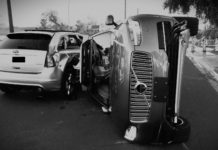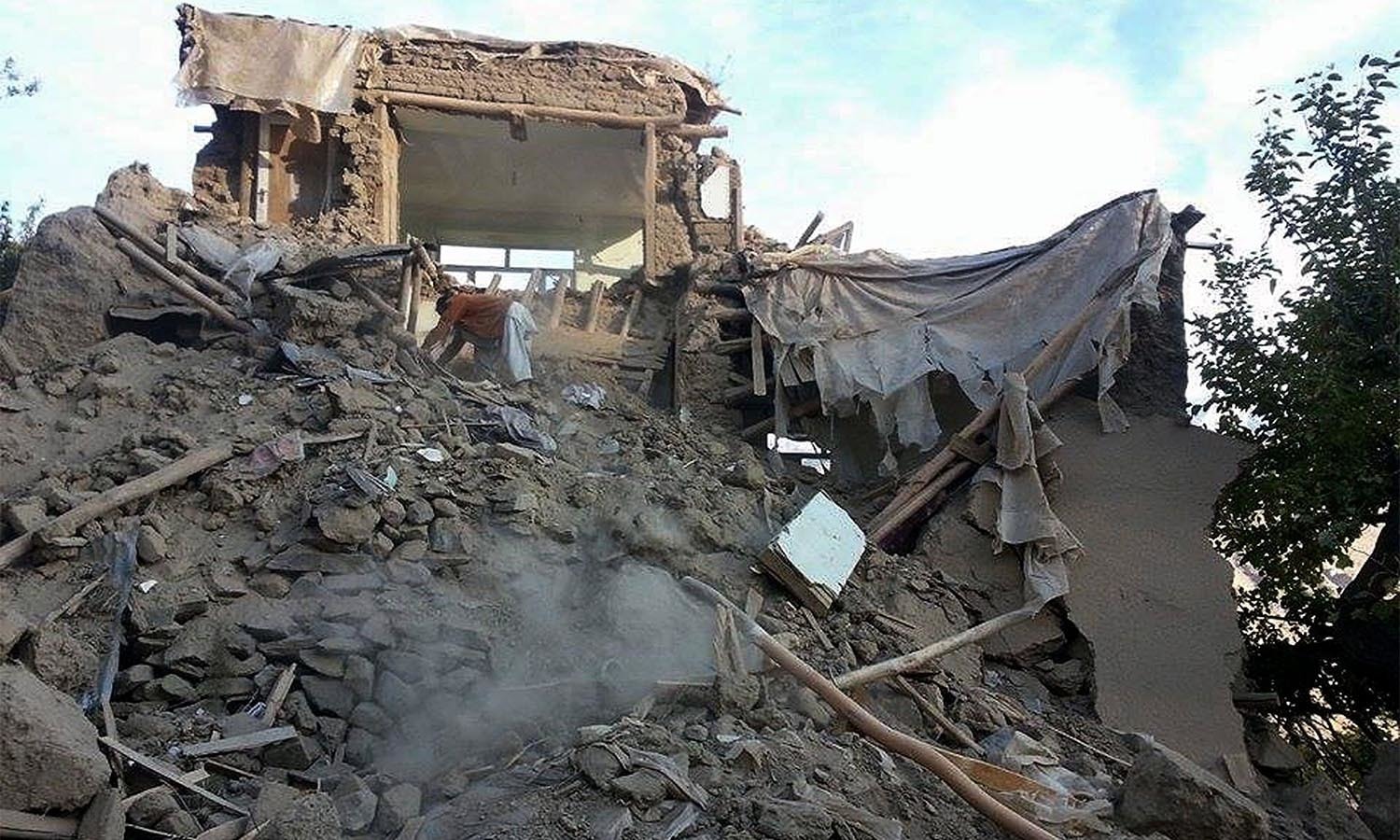
Ten years after the horrific earthquake of October 8, 2005 and again on October 26, 2015 with an even more massive earthquake of 7.7 magnitude. There is yet another disturbing news. Another quake of 6.2 magnitude hit Pakistan late on Sunday night. The shaking and tremors triggers a question in my mind: are we prepared for an earthquake before it strikes? The answer is NO.
If you are still clueless about what to do at the time of this natural calamity, here are some easy tips to remember.
During the Earthquake
If you are indoors
- The rule of the thumb for earthquake protection is Drop, Cover and Hold on. Find the safest and easily accessible place near you such as a sturdy table and hide under it. Move as little as possible.

- Don’t try to seek shelter under the doorway unless you are in an old, un-reinforced house. Doorways of new houses are not strong enough to provide protection.
- If you are in bed, protect your head with a pillow.
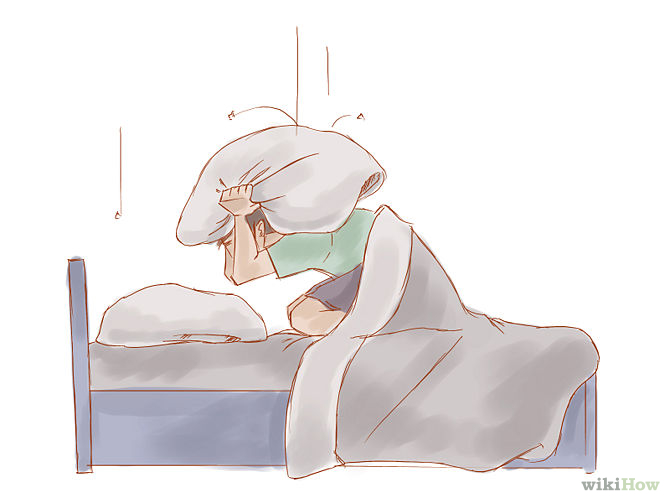
- If you are cooking, turn off the stove and rush for shelter.
- Stay away from windows, shelves, decorative items, hanging objects and wall mirrors that can fall easily during a shock.
- Stay indoors until it is safe to exit and use stairs during an emergency evacuation. Avoid elevators because power outage can occur anytime.
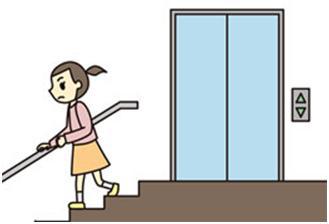
If you are outdoors
- Stay away from hoardings, power lines, trees, buildings, traffic signals and streetlights and drop to the ground.
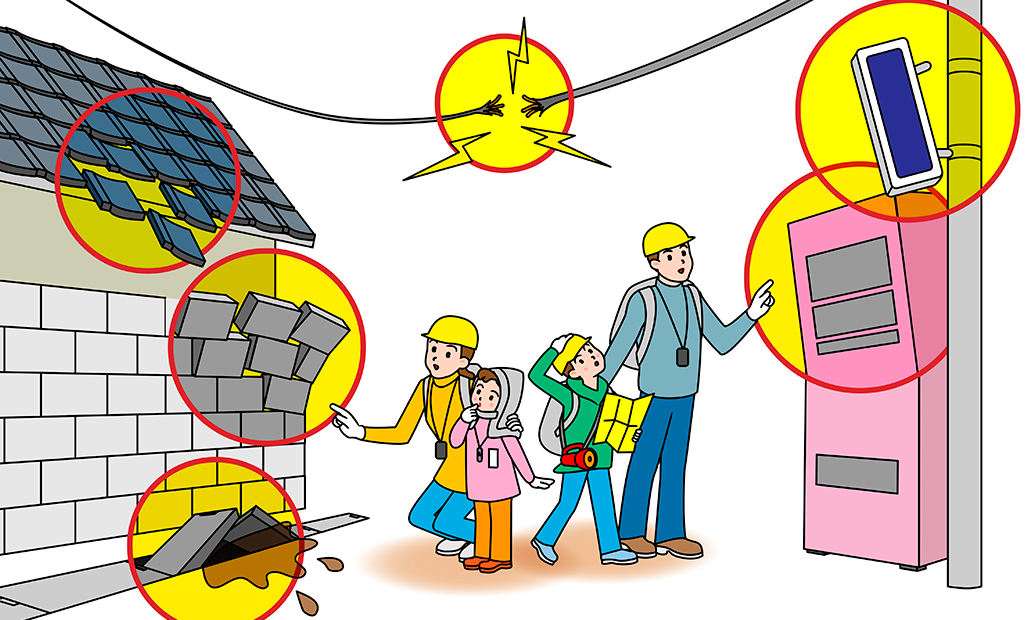
- If you are driving, stop your car on the roadside. Don’t unfasten your seatbelt.

- Don’t use flyovers, underpasses, ramps and pedestrian bridges as they may have been damaged.
- Mountainous areas may experience landslides. If you are in such area be prepared for it.

After the Earthquake
- Aftershocks can occur even after months so be ready for it and follow the rule of the thumb.
- Get the first aid to prevent further bleeding or infection and help others.
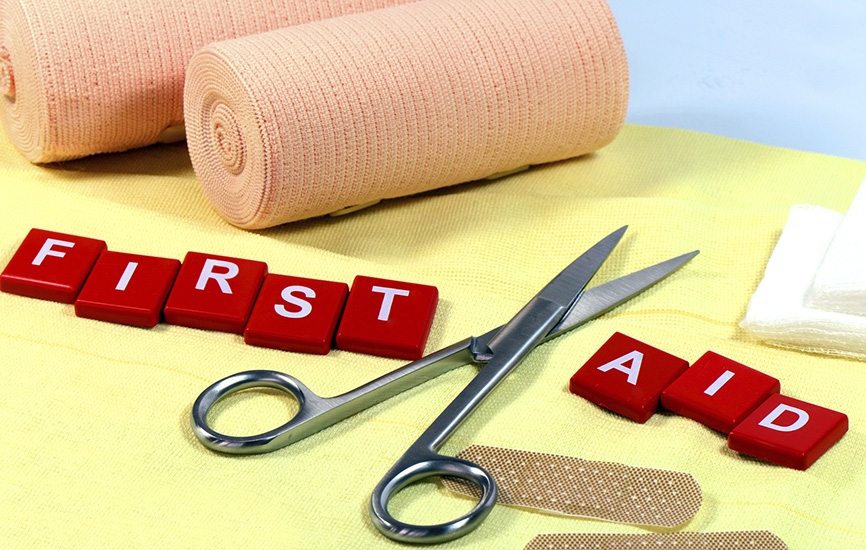
- Keep yourself updated with the latest happenings and safety tips through a battery operated radio.
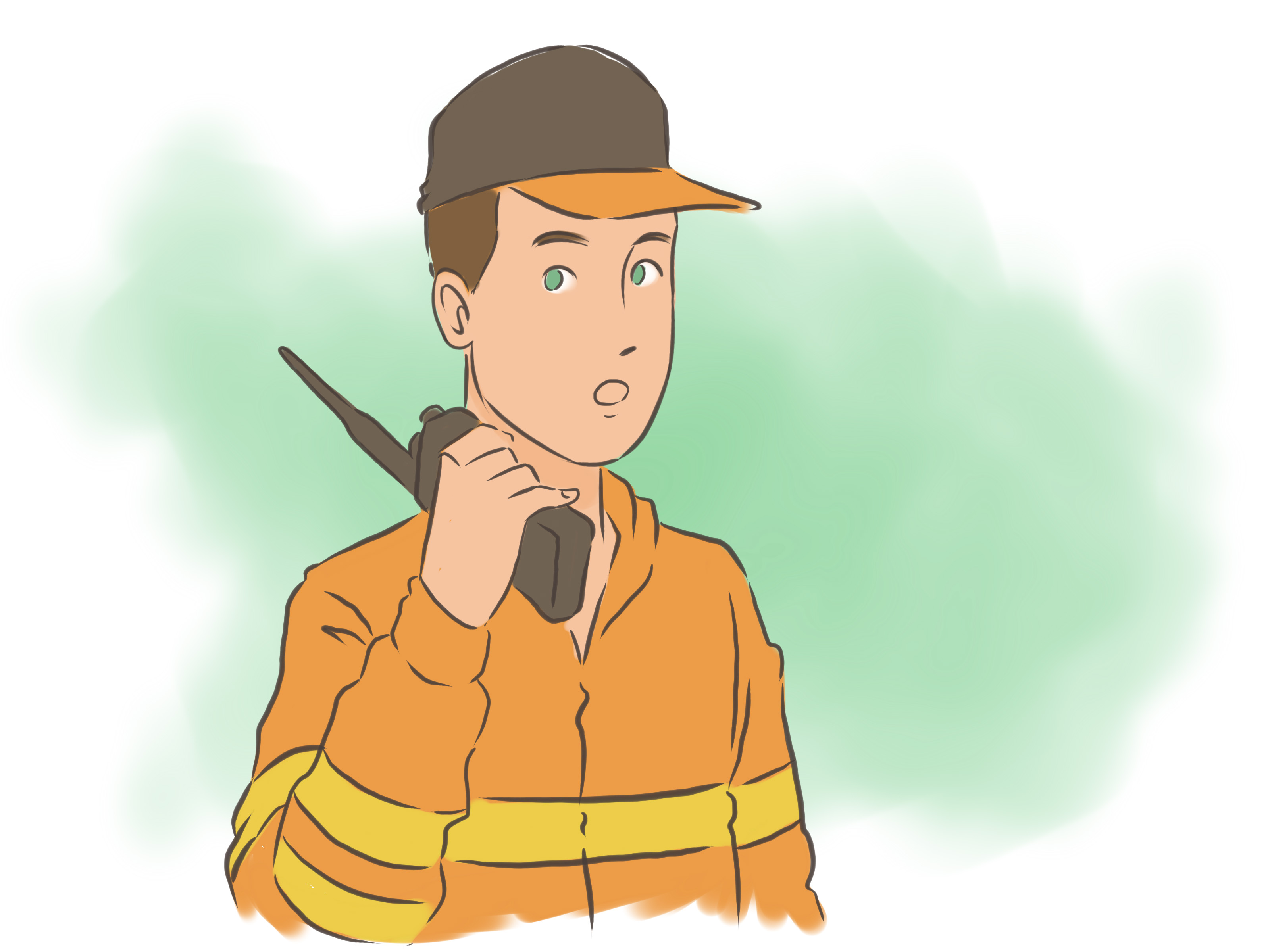
- Inform rescue workers about life-threatening injuries.
- Fire can break out easily after an earthquake; keep the fire extinguisher within reach.
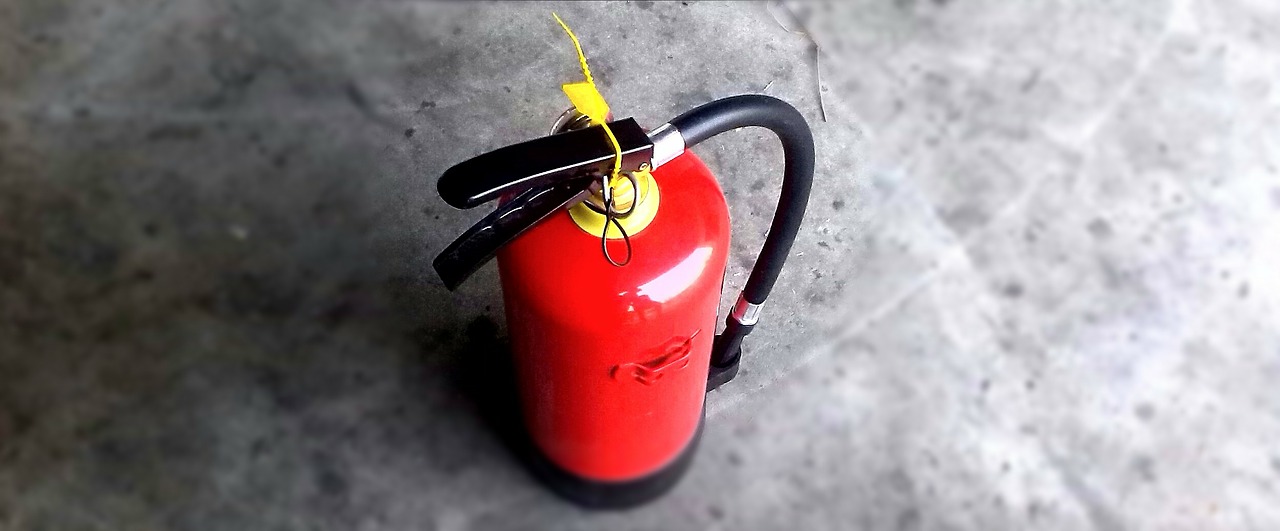
- Clean up spilled medications, bleach, gasoline or other flammable liquids right away.
- Don’t use electricity appliances and stove immediately after the catastrophe.
- Report gas leakages without delay.
Before the Earthquake
Causalities occur because we are not prepared for it. Keep the following things in mind before the calamity strikes:
- Think about what you would do if an earthquake hit right now. This will prepare you to react and you won’t lose your nerves when it happens.
- Practice earthquake drills and discuss a disaster plan with your family, especially kids. Talk about where to go in case of evacuation.
- Find a safe place in your home, workplace or school (or a sturdy piece of furniture) where you can rush for cover. Or sit on the floor next to an interior wall and cover your head and neck with your arms.
- Make sure every family member knows how to turn off gas and electricity and how to dial emergency phone numbers.
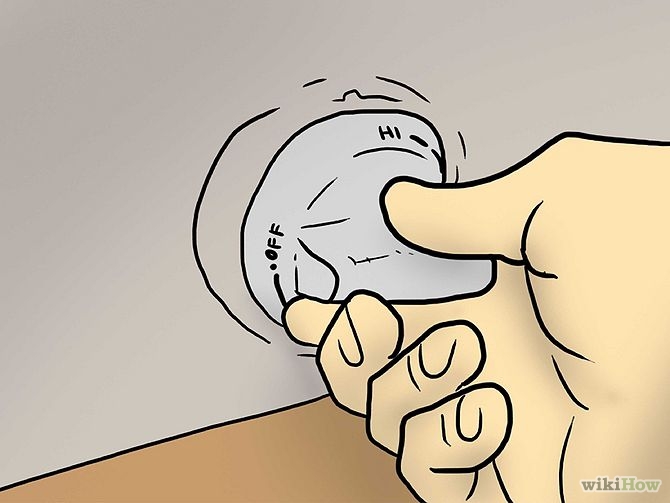
- Keep a flashlight and sturdy shoes ready for everyone.
- Keep water and food supplies on hand.
- Learn first aid and CPR.















